If you close your eyes and picture Hawaii, you probably imagine lush green mountains, vibrant flowers, and the melodic song of exotic birds drifting on the breeze. But hidden beneath this paradise is a silent struggle—one that pits Hawaii’s unique, irreplaceable native birds against a relentless, unexpected predator: the common house cat, gone wild. The stakes couldn’t be higher. Hawaii is often called the “extinction capital of the world,” and feral cats are now at the heart of this crisis, turning a breathtaking natural wonder into a battleground for survival.
The Unique World of Hawaii’s Native Birds
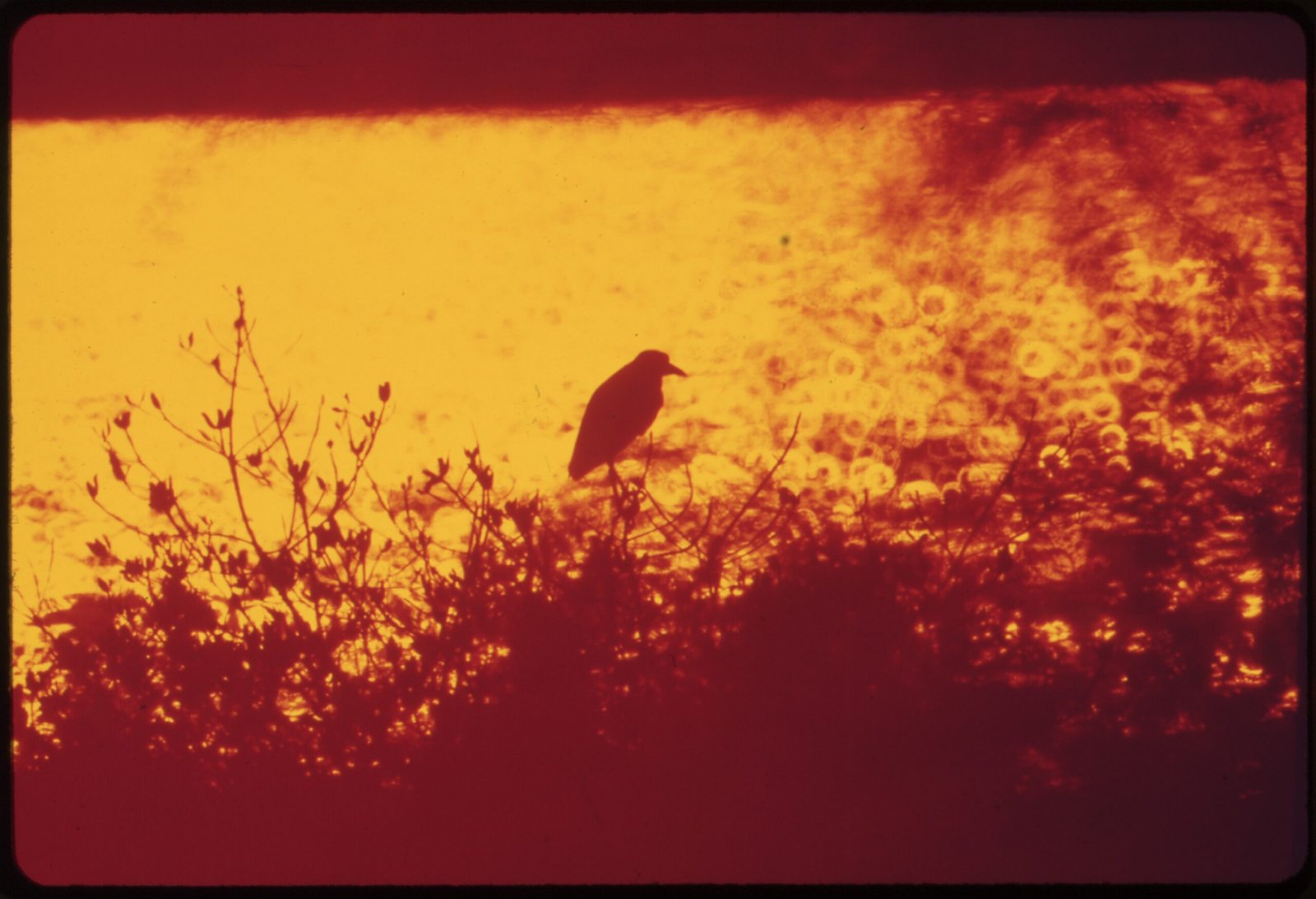
Hawaii’s native birds are unlike any others on Earth. Isolated by thousands of miles of ocean, these birds evolved in a world without mammalian predators. Species like the ‘I‘iwi, with its brilliant scarlet feathers and curved beak, or the elusive Hawaiian petrel, have adapted to fill special niches in the islands’ ecosystems. Their songs, colors, and behaviors are shaped by millions of years of evolution in a place where danger once came only from the sky. But that same isolation makes them especially vulnerable. Many can’t fly far or fast, and some even nest on the ground, making them easy targets for new predators.
How Feral Cats Arrived in Hawaii
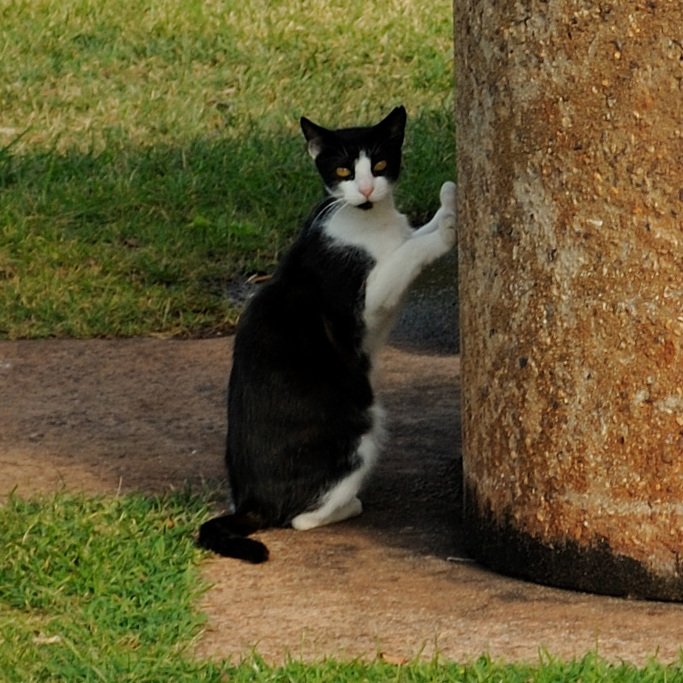
Feral cats aren’t native to Hawaii—they were brought by humans, both intentionally and accidentally, starting in the 18th century. European ships first introduced domestic cats to control rats and mice. Over time, cats escaped or were abandoned and quickly adapted to life in the wild. With no natural enemies and plenty of prey, their numbers exploded. Today, it’s estimated that there are hundreds of thousands of feral cats roaming Hawaii’s forests, beaches, and even remote mountain slopes. These cats, leaner and more cunning than their housebound relatives, have become apex predators in a land unprepared for them.
A Serious Threat: Predation on Vulnerable Birds
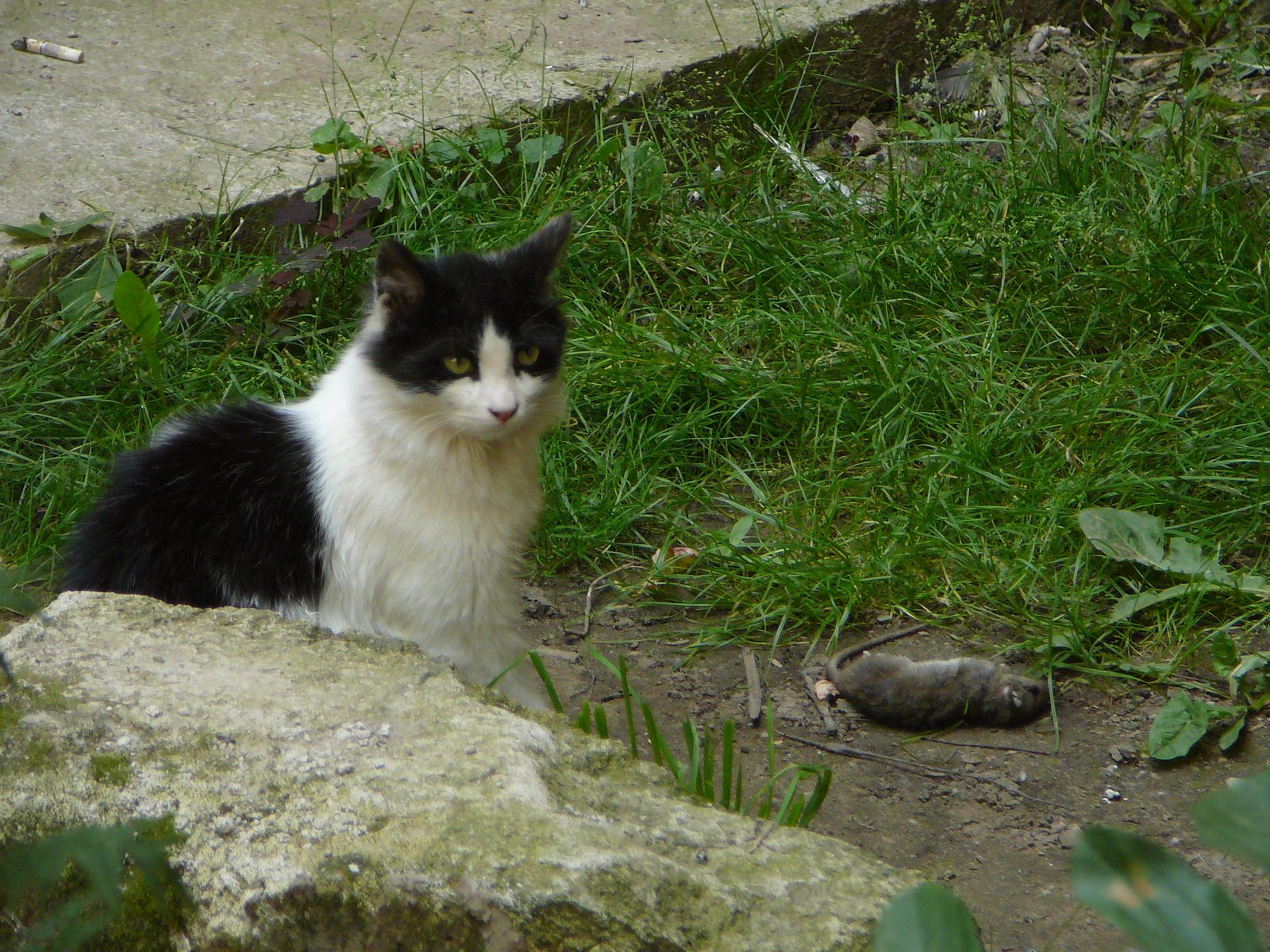
Feral cats are efficient hunters, and Hawaii’s birds are often defenseless. Many native species, like the endangered Hawaiian stilt or the small, ground-nesting ‘Ua‘u, have never evolved strategies to escape feline predators. For these birds, a single cat in a nesting area can mean devastation. Conservationists have documented heartbreaking scenes—eggs and chicks snatched from nests, adult birds ambushed at night, entire colonies wiped out in a matter of weeks. These aren’t isolated incidents; every year, countless native birds fall prey to feral cats, driving some species ever closer to extinction.
Beyond Predation: The Hidden Danger of Disease
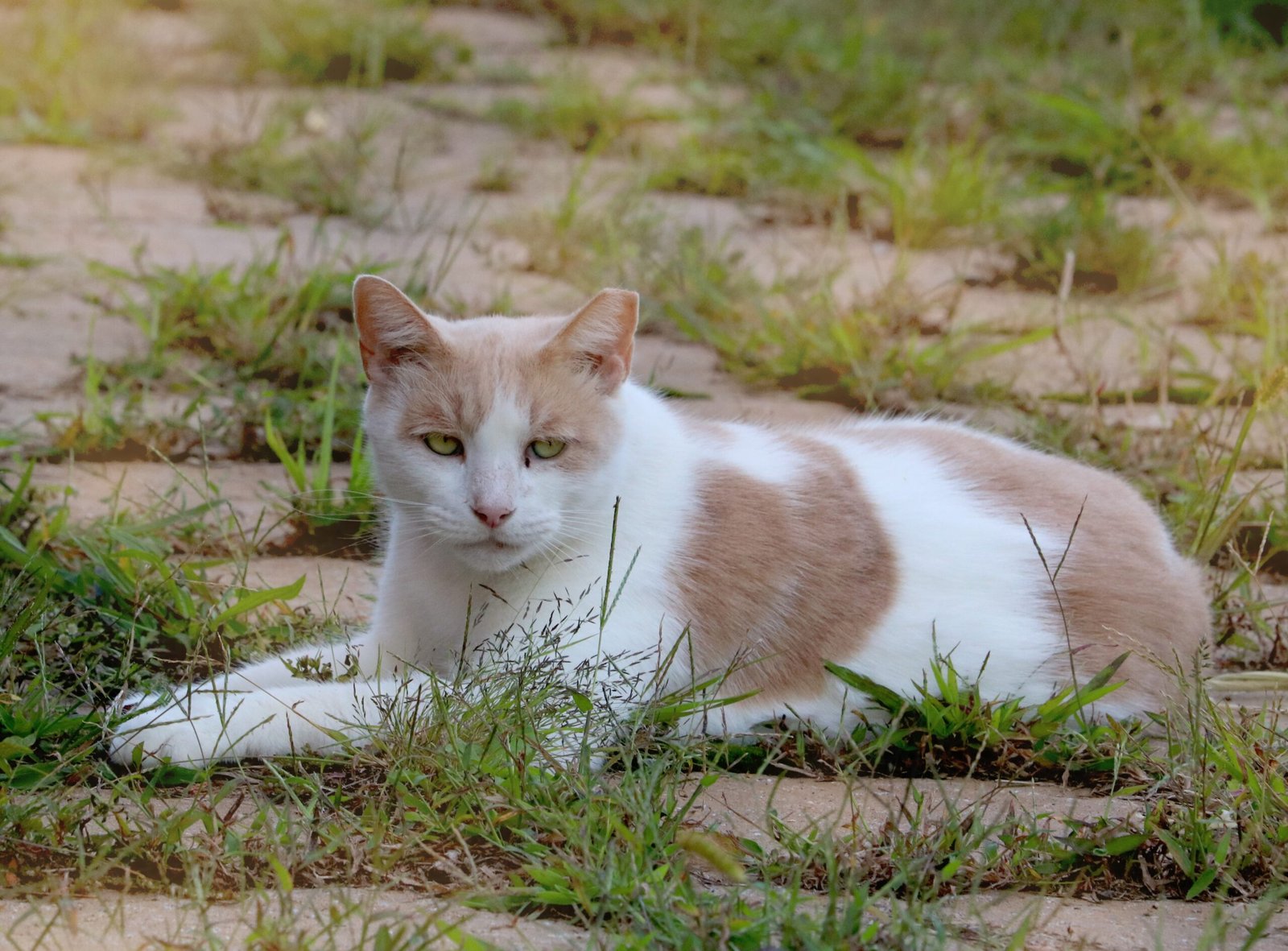
The threat cats pose isn’t just physical. Feral cats carry diseases unfamiliar to Hawaii’s wildlife. One of the most alarming is toxoplasmosis, a parasite spread through cat feces. Birds exposed to toxoplasmosis often suffer fatal infections, while the disease can also threaten endangered Hawaiian monk seals and even humans. Outbreaks have wiped out whole generations of native birds, especially in wetland areas where contaminated water spreads the parasite. This invisible threat adds another layer of danger, making the cat crisis even more urgent.
Ecosystem Imbalance: Ripple Effects of Cat Predation
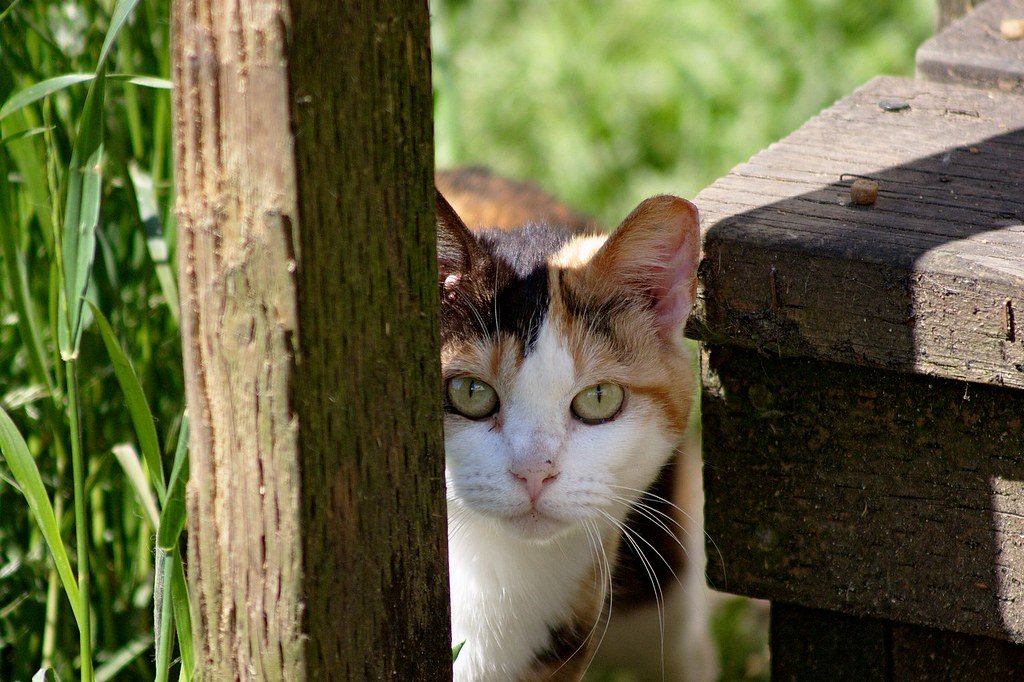
The loss of native birds has far-reaching consequences for Hawaii’s delicate ecosystems. Birds like honeycreepers help pollinate rare flowers, while seabirds enrich the soil with nutrients from the ocean. When cats decimate bird populations, the balance shifts—plants go unpollinated, insects multiply unchecked, and the entire web of life becomes unstable. Over time, this imbalance can cause the collapse of habitats that support not just birds, but countless other species. The presence of feral cats is reshaping Hawaii’s wilderness in ways scientists are only beginning to understand.
Cat Colonies and the Trap-Neuter-Return Debate
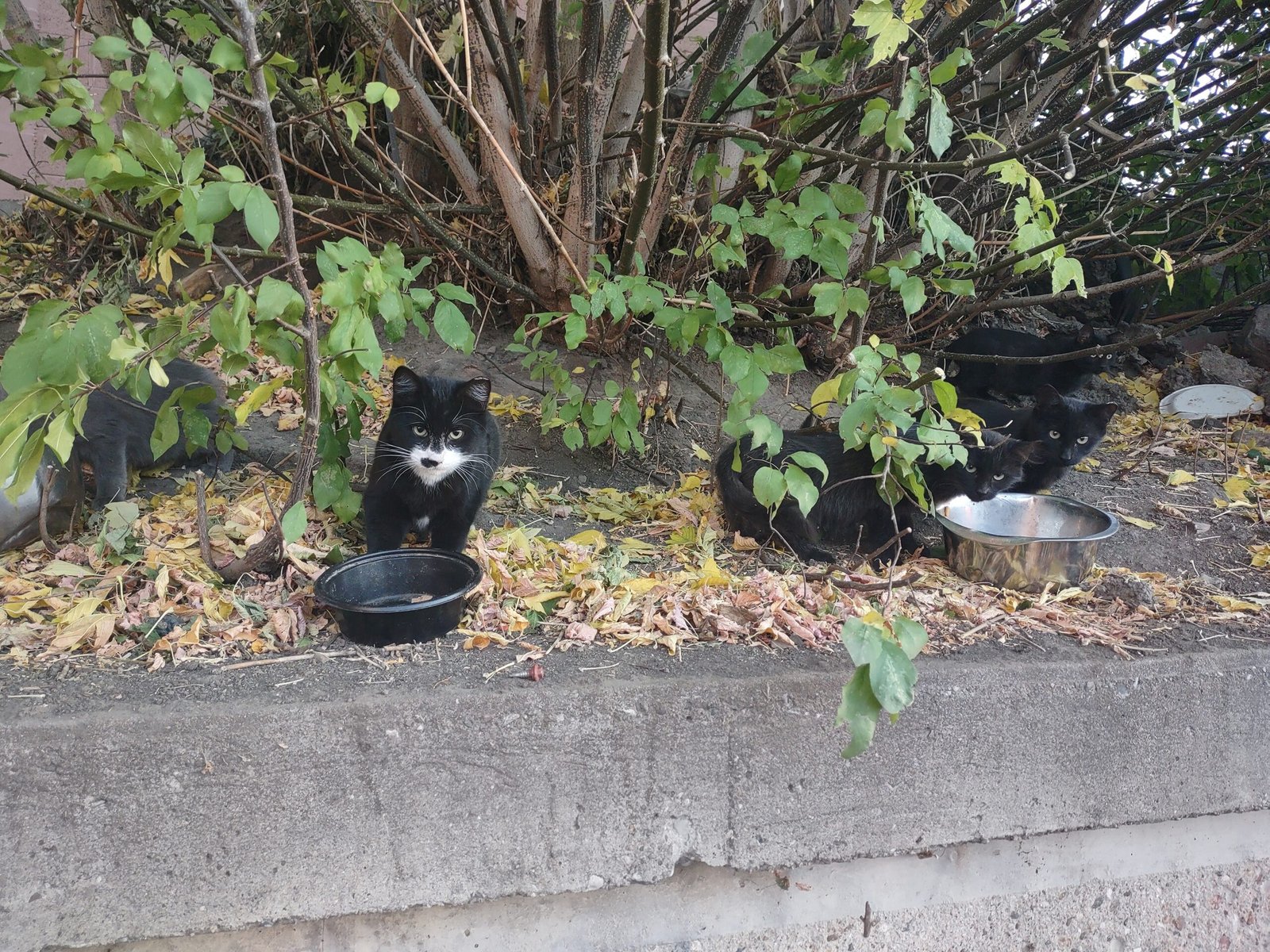
One of the most controversial aspects of the feral cat problem is how best to manage their populations. Some advocate for trap-neuter-return (TNR) programs, where cats are captured, sterilized, and then released back into the wild. Proponents argue that TNR is humane and stops cats from breeding. However, critics point out that even neutered cats still hunt and kill birds. Cat colonies, often established near hotels, parks, or beaches, can become hotspots for predation and disease. The debate over TNR is fierce, with passionate voices on both sides and no easy answers.
State Actions: Protecting Birds and Managing Cats
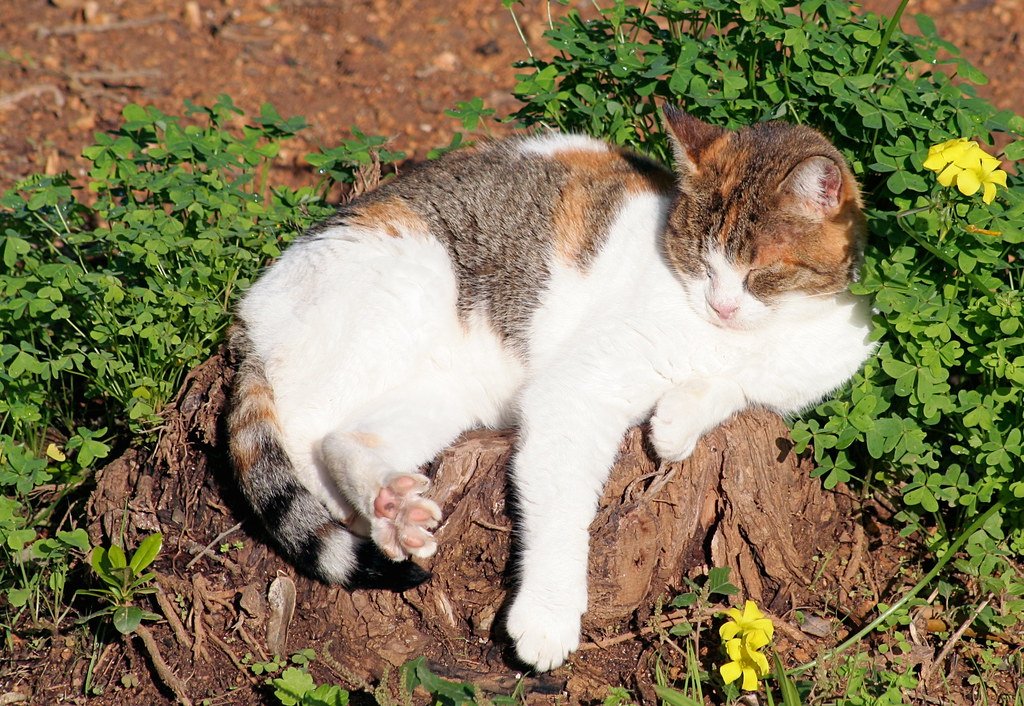
Recognizing the urgent threat, Hawaii’s government has taken bold steps to safeguard native birds. Wildlife refuges and critical habitats have been fenced to keep cats out, and targeted removal programs use humane traps to capture feral cats in sensitive areas. In some areas, volunteers sweep nesting grounds before the breeding season to ensure cats are removed. The state also enforces strict rules against abandoning pets and supports educational campaigns to raise public awareness. These efforts are often met with challenges, from limited funding to public opposition, but they represent a growing commitment to protecting Hawaii’s wildlife.
Community Involvement and Grassroots Solutions

Protecting Hawaii’s birds isn’t just up to the government—local communities play a big role. Volunteers help monitor bird populations, maintain predator-proof fences, and run adoption programs for captured cats. Some neighborhoods have started “catio” initiatives, encouraging pet owners to build enclosed patios so cats can enjoy the outdoors without harming wildlife. Schools and organizations host workshops to teach people about the importance of keeping cats indoors. These grassroots efforts foster a sense of stewardship, turning concern for birds and cats alike into positive action.
The Role of Science and Innovation
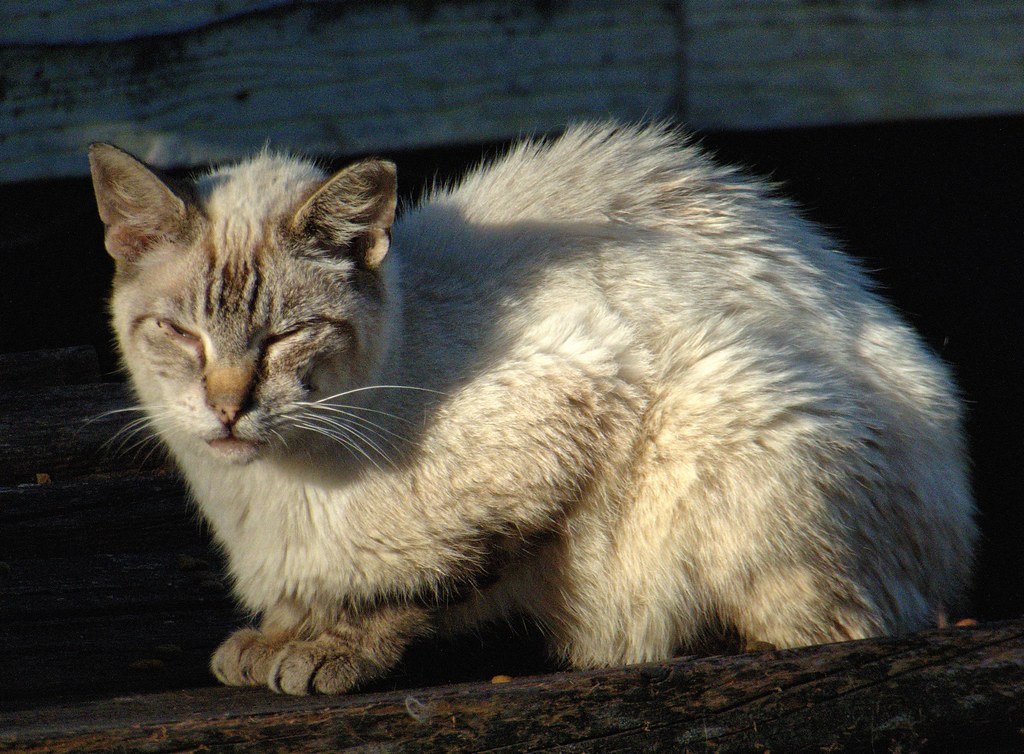
Scientists are constantly searching for new ways to address the feral cat crisis. Tracking collars and remote cameras help researchers understand where cats roam and hunt. Advances in genetics are being used to identify individual cats responsible for bird losses, allowing for more targeted interventions. Some conservationists are experimenting with ultrasonic deterrents and scent barriers to keep cats away from nesting sites. These innovations, combined with traditional methods, offer hope for a future where birds and cats can coexist—if only careful balance is maintained.
Balancing Compassion for Cats with Conservation
It’s important to remember that feral cats are themselves victims of circumstance. Many were abandoned by owners or born in the wild. While their impact on native birds is devastating, calls for mass eradication often spark outrage among animal lovers. Hawaii’s challenge is to find compassion for both wildlife and cats, recognizing the need for tough decisions as well as humane treatment. Public dialogue, education, and compromise are vital in forging a path forward that respects all life on the islands.
A Call for Awareness and Action
The clash between feral cats and Hawaii’s native birds is more than a local problem—it’s a reflection of how human choices ripple through nature. Every cat adopted instead of abandoned, every bird protected by a simple fence, is a victory for Hawaii’s future. The crisis reminds us of the fragility of island ecosystems and the urgent need for thoughtful stewardship. Will Hawaii’s unique birds continue to sing for generations to come—or will their voices fade into silence?



